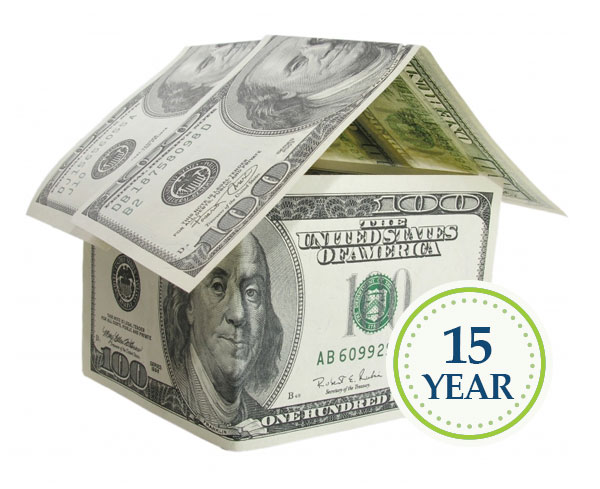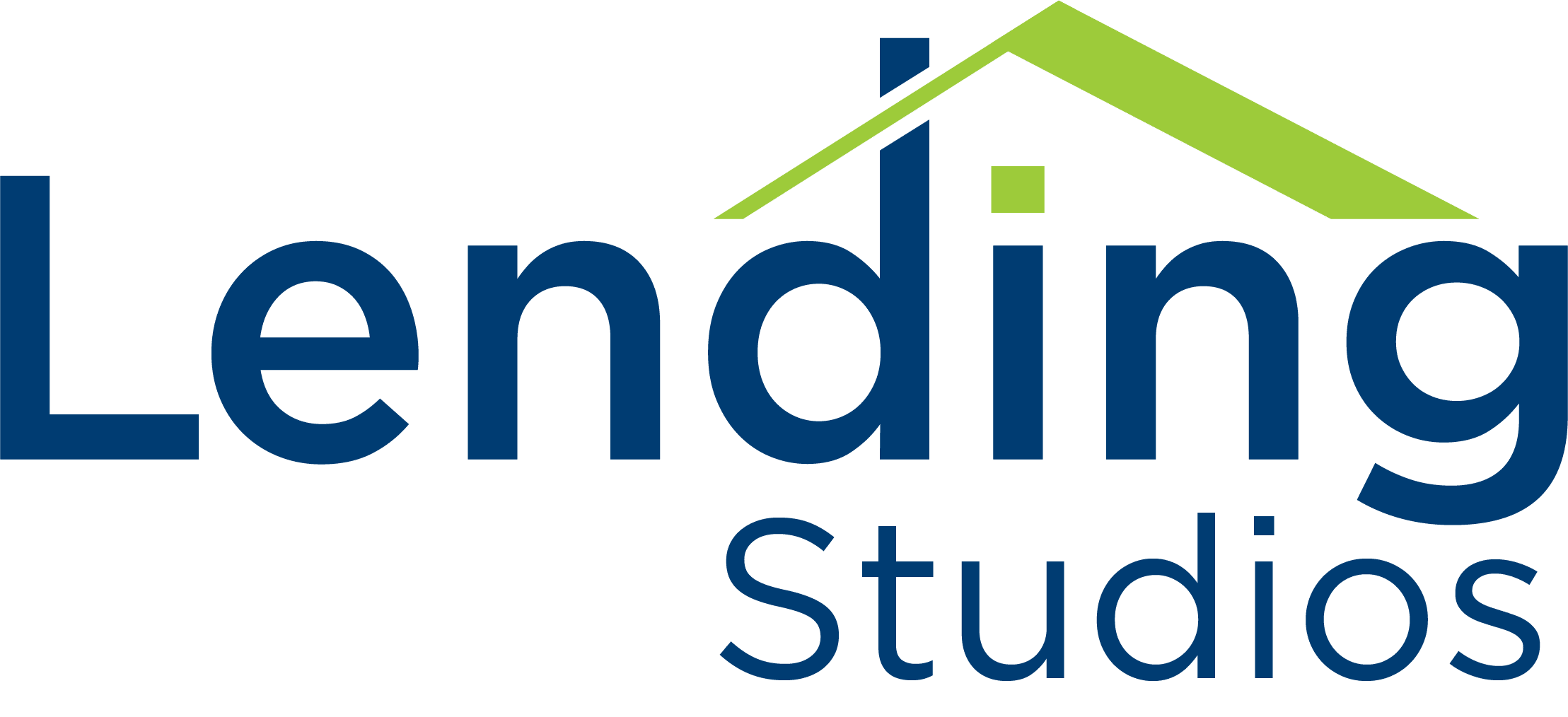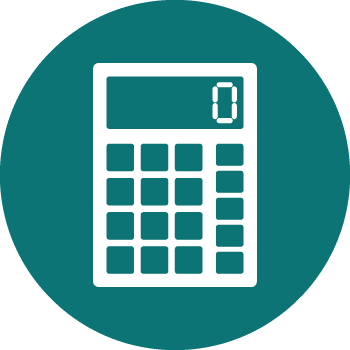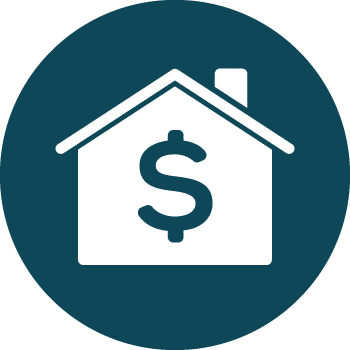15 Year Mortgages & Refinances
Mortgages, for most people, are a super-confusing part of modern day life. Trying to understand mortgages is a lot like trying to understand the idea of a credit score right after you get out of high school. When you start glancing at those for-sale signs in neighborhoods all over your city, you’re getting ready to start a journey that’s full of uncertainty. However, with the right lending partner, you’ll be able to navigate the experience with finesse and grow comfortable with the lending options available to you.
What is a 15-Year Mortgage?
To put it simply, a 15-year mortgage is a loan for buying a home where you agree to pay off the loan over the course of 15 years rather than 30 years. Many buyers choose a 15-year mortgage because it can save a large sum of money and an even larger sum of time in the long run. These are usually fixed-rate loans, which means they’ll charge the same interest rate throughout the duration of the loan. These are mortgages that already meet the rules and guidelines set down by the Federal National Mortgage Association (FNMA), sometimes known as Fannie Mae. They are one of the largest investors of conventional loans. A 15-year fixed mortgage is a conventional mortgage that is often called a “vanilla wafer” mortgage loan, because they’re exceedingly simple.

Ready For a Lower Monthly Payment?
Essentially, a 15-year mortgage offers a structured plan for financing a future house or property. You’ll receive the loan. You’ll agree to an interest rate. You’ll pay your down payment and you’ll be on your merry way to paying off your house over the course of that 15-year mortgage. And, there is some freedom within this structure. For example, a fixed rate mortgage could honestly be any length that a lending firm is willing to agree to. You could stretch your monthly payments into as long as a 50-year mortgage, or keep your payments high and your time investment low with a 10-year mortgage instead. Mostly, you’ll find that most mortgages offered will be a 15-year mortgage or a 30-year mortgage.

The Basics
Every fixed rate mortgage that you agree to for any length of time, whether is the 15, 30, or another year selection has two main components that make up how the loan works.
The principal is the amount you borrow to purchase the home. For example, if you’re trying to buy a home for $450,000, and you put down $95,000, the principal would be $335,000. The next component of the loan is the interest rate, which is the amount of money that you pay to compensate the lender for borrowing the money for the house and for taking the risk of lending the money to you. In other words, to borrow money from a lender, you’ll have to pay them for it. A 15-year mortgage is attractive to many folks because, while you do need to pay interest on your loan, you'll end up saving money because you'll pay the loan off twice as fast as a 30-year mortgage. In other words, if you are paying interest for a shorter amount of time, you'll be paying more money on the principal debt and less on interest over the life of the loan.
What is a 15-Year Mortgage?
To put it simply, a 15-year mortgage is a loan for buying a home where you agree to pay off the loan over the course of 15 years rather than 30 years. Many buyers choose a 15-year mortgage because it can save a large sum of money and an even larger sum of time in the long run. These are usually fixed-rate loans, which means they’ll charge the same interest rate throughout the duration of the loan. These are mortgages that already meet the rules and guidelines set down by the Federal National Mortgage Association (FNMA), sometimes known as Fannie Mae. A 15-year fixed mortgage is a conventional mortgage that is often called a “vanilla wafer” mortgage loan, because they’re exceedingly simple.


The Pros and Cons
15 Year Mortgage Pros:
Lower interest rates than most mortgage loans
It's a Fixed Rate
Lower long-term cost
Builds home equity quickly
Easier to pay off the loan in a shorter amount of time
15 Year Mortgage Cons:
Higher monthly payments
Less affordable
Won’t be able to save as much
Financial hardship is far more dangerous
15 Year Pros
Lower interest rates than most mortgage loans
It's a Fixed Rate
Interest Rates Stay The Same
Builds Home Equity Fast
Easier To Pay Off Faster
Missed the 15-Year Mortgage Perks Originally?
15 Year Cons
Higher Monthly Payments
Less Affordable
Less Goes Into Savings
Tighter Payment Margins
15-Year Refinancing
If you already have a mortgage, not all is lost. You could still take advantage of the many pros that come from a 15-year mortgage through refinancing. This is especially true if you initially got stuck with an adjustable rate mortgage that you’re looking to make a little more secure. After all, the ultimate goal of a refinance is to make an existing mortgage more desirable.
Indeed, it’s not too late to make your own mortgage more desirable and easier to manage through a 15-year refinance. You’ll be able to enjoy all of the perks of the 15-year mortgage, but without having to invest in a new property and open up a brand new loan with no home equity.
Refinancing is an excellent option for:
- Folks with an adjustable rate mortgage
- High interest loans
- A mortgage that has more than 15-years left.
- Interest only loans
Take back your financial situation. Make your mortgage into what you want. Visit lendingstudios.com today to learn more about 15-year refinance now.

Mortgage Calculators
Quickly predict your monthly mortgage payment and interest with this customizable tool!
Mortgage Resources
Leverage the tools you need to find a borrowing solution that fits your particular needs and budget.
Mortgage FAQs
Get answers to the most commonly asked mortgage questions.




